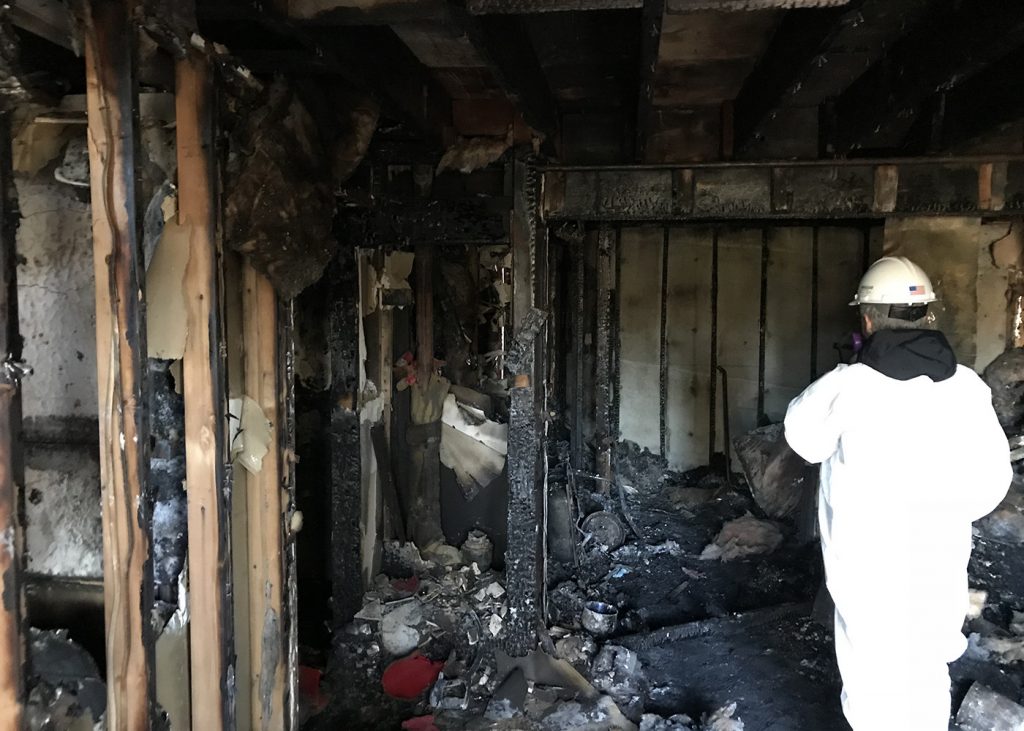
Common causes of fire damage in Melbourne and how to avoid them
Forgotten candles, unattended pots and pans on the cooktops, appliance failures, and electrical problems are some of the frequent causes of fire damage in Melbourne. By paying attention at home and making sure candles are in a safe location and not left burning unattended, many of the causes can be avoided. Similar to this, keep an eye on your cooking at all times. If you tend to forget things, set an alarm to remind you to check the cooktop periodically.
We also suggest that you turn off any appliances you don’t need to use while you are away from the house so that you don’t come home to a surprise disaster. Additionally, make sure to keep an eye on electrical appliances and avoid using them if they are not running at their best, are producing strange noises, or have broken or worn-out parts. You should also make sure to service electrical goods and carefully observe operating instructions.

How to remove soot from fire and smoke damaged walls
Never use water or damp towels to clean soot. By doing this, you will only spread the soot and create a problem that is worse than what the fire damage originally created. To remove soot from your walls, a licensed fire damage restoration service company in Melbourne will use specialized dry sponges, but first they will assess the level of fire damage in your house or place of business to make sure the right restoration strategy is used in the right order.
Will fire damaged walls cleaned from soot require painting?
Beware of anyone who claims that you can paint over soot; Freshfeel Cleaning Service neither supports nor engages in this practice. Do not believe anyone who claims that wiping soot off your walls would restore them to their pre-fire condition. According to our expertise, your walls will be free of soot when you can no longer brush soot into your fingers.
However, even when the soot is taken off, your walls will still have some black stains, and from our experience, they WILL need to be painted. The removal of the soot is crucial in order for the paint to cling to the wall and avoid blistering or peeling, which would happen if you try to paint on soot-stained walls.
Professional Melbourne Fire Damage Restoration Service


